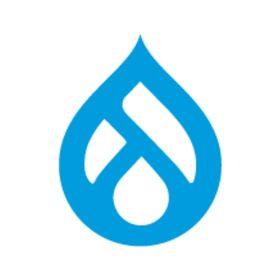 Support for Drupal 7 is ending on 5 January 2025—it’s time to migrate to Drupal 10! Learn about the many benefits of Drupal 10 and find migration tools in our resource center.
Support for Drupal 7 is ending on 5 January 2025—it’s time to migrate to Drupal 10! Learn about the many benefits of Drupal 10 and find migration tools in our resource center.The Royal College of Occupational Therapists (RCOT) is the largest body of occupational therapists in the UK with over 32,000 members and 14,000 website users. As a collective they promote the values and benefits of occupational therapy to the public, service commissioners and political reps.
The RCOT website acts as an essential hub for access to industry insights for stakeholders and vital service information specifically for young people, physically and mentally disabled, and older people.
RCOT sets professional standards, provides support, and promotes and protects the interests of occupational therapists among policy makers and commissioners.
Digital was identified by stakeholders as key to meeting the needs of their diverse membership. Their members site delivered occasional progressive service improvements, but RCOT were looking to partner with an agency to deliver a more comprehensive redevelopment programme.

Following a rigorous evaluation of available technologies based on a requirements matrix Drupal was selected because it had:
- A high proportion of requirements were met by existing core features or contributed modules
- Pedigree with membership based organisations
- Proven integration capabilities with respect CRM
- Flexible publishing model liberating content managers from a rigid page based paradigm
- Ease by which access to member only content can be issued
- Flexibility of content moderation workflows
- Market leading support for accessibility
- Extensibility allowing future flexibility
RCOT sets professional standards, provides support, and promotes and protects the interests of occupational therapists among policy makers and commissioners.
Digital was identified by stakeholders as key to meeting the needs of their diverse membership. Their members site delivered occasional progressive service improvements, but RCOT were looking to partner with an agency to deliver a more comprehensive redevelopment programme.
The client was looking to build on its current successes to deliver a personalised service to members by utilising their CRM (customer relationship management) data. They also looked to support their strategic ambitions by delivering their products and services more effectively to the needs of all of their stakeholder groups. Through a clear understanding of these needs, we were able to define a vision for RCOT's digital future, and shape a roadmap of digital products and services.
Stakeholders recognised the importance of delivering their content across all devices. The legacy website wasn’t responsive, therefore members couldn't use it on the move or at home. Users also were unable to use the navigation efficiently during consultations due to the extremely large volume of content available. The development of a new website build on a user centered design was felt essential to create the best online experience.
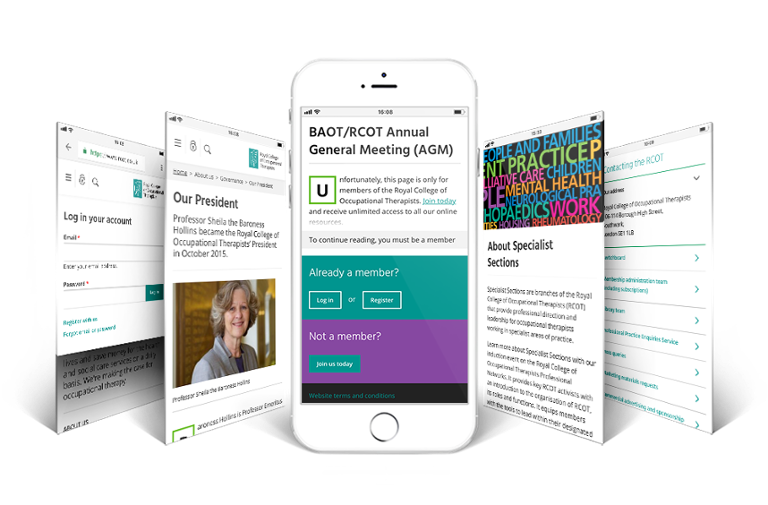
Intuitive User Experience On Mobile Devices
The use of RCOT's site isn’t desk bound, the site is accessed daily by a high proportion of mobile devices, meaning that mobile functionality was an essential development point for the project. This development point was also supported by Google’s mobile first update which rewards sites for having a great mobile experience. Fast page load times and content relevant to the search term of the visitor all work in the sites SEO favour.
By considering devices with the smallest screen size first were able to establish a content hierarchy. This principle was passed from smartphone to tablet and desktop interfaces. Meaning that users of all screen sizes, big or small, have benefited from this approach.
By being responsive to mobiles and tablets the site is more accessible throughout the user's day, and by all kinds of users who may need to use tablets for accessibility reasons. The site was also made to be light and small allowing for fast loading even in areas of low connectivity.
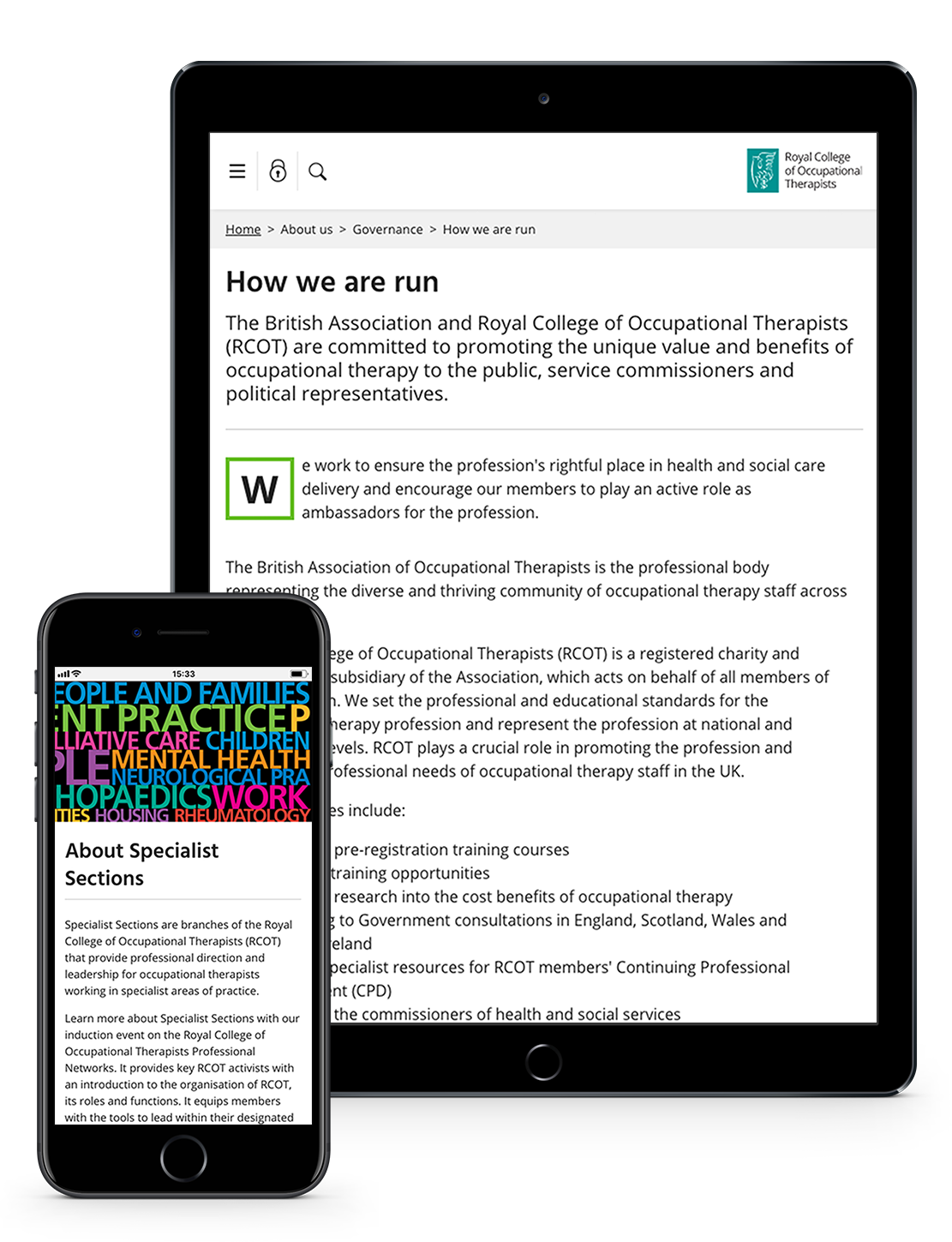
Agile Development and Atomic Design
The Drupal team at CTI Digital used Agile project management methodology, which allowed them to continuously incorporate feedback and deliver the 18-month project on-time, on-budget, and without major problems.

During the design process, CTI utilised Atomic Design principles, which are ideally suited to achieve consistent design patterns on large and complex web sites. We continually worked with the third-party agency in charge of visual design, collaborating together to refine the design and seeking their output. Using Drupal’s extensible architecture and comprehensive automated testing ensured we maintained quality, and we used Drupal’s mobile-first functionality to build a fully responsive website.
Enhancing the Member Experience
One of the principle objectives of the project was to integrate RCOT’s existing CRM platform into the new mobile responsive website. Allowing members to more conveniently manage their profiles and subscriptions, we significantly improved the effectivity of the membership administration team and enhanced the membership experience.
The user experience within the member profiles section was also optimised to present the feature most valued by users to the forefront of their view. Members can now update their details quickly and simply. This was essential for all members, including their student users who often have to change their home address. Users can also apply for parental leave and have access to an administration team to ensure logging on is as easy as possible.
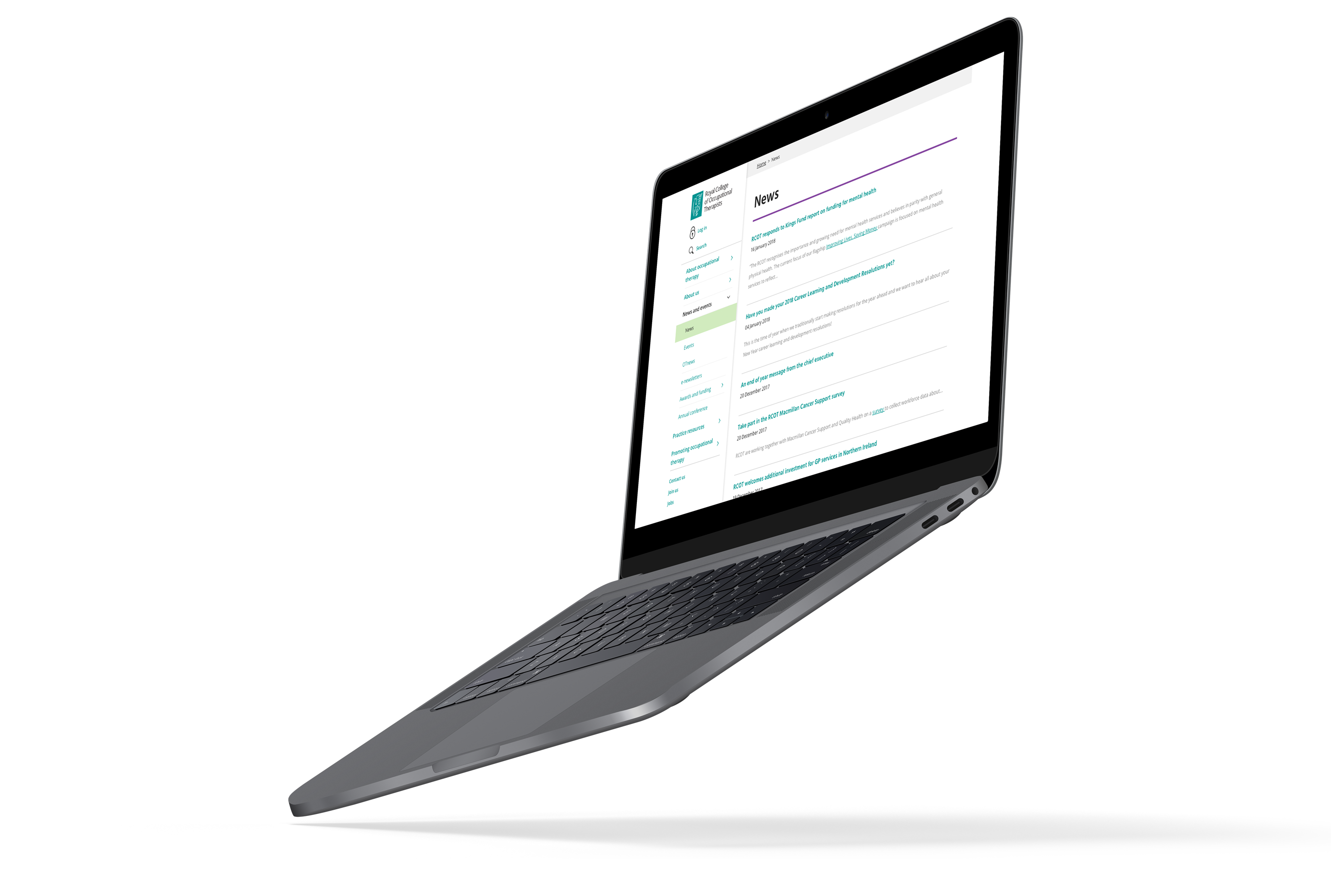
Content Streamlining
The site contained hundreds of pages, many that were viewed infrequently. After defining RCOT's target persons it was possible to migrate only relevant user-centered content to the new website.
Old content was either retained if it was found to be useful and visited regularly; refined if the content needed updating to be more accessible to site users, or retired if it was the result of a duplicated effort or hadn’t been visited for a large amount of time.
A User-centred Approach to Create a User-centred Design
A user centric approach is woven into every step of our delivery. We could see that with such vast library of resources it is vital visitors can reach content quickly time and time again, so we involved stakeholders to create a navigation centered on the users. The client was especially pleased with the outcomes of our stakeholder forum midway through development. We invited opinion leaders within RCOT to for a day comprising a preview of the site, opportunity to take part in user testing and provide valuable feedback.
Engaging with end users enhances the likelihood of project success by identifying opportunities for improvement, and additional features early on. These processes ultimately contributed to a navigational structure we had confidence would help site visitors reach their desired content swiftly and ultimately reduce bounce rates.
High Quality Search Algorithm
Faster than navigation, is direct search. We wanted to give RCOT members the fastest possible way to access resources. By associating categorisation when content is managed, multiple terms can be applied to underpin the search index contributing to relevant search results.
Testing and refinement of search indexes and algorithms further ensured the relevance of search results. A search as you type feature was also introduced to suggest matches before an entire query has been submitted, expediting access to the most relevant articles.
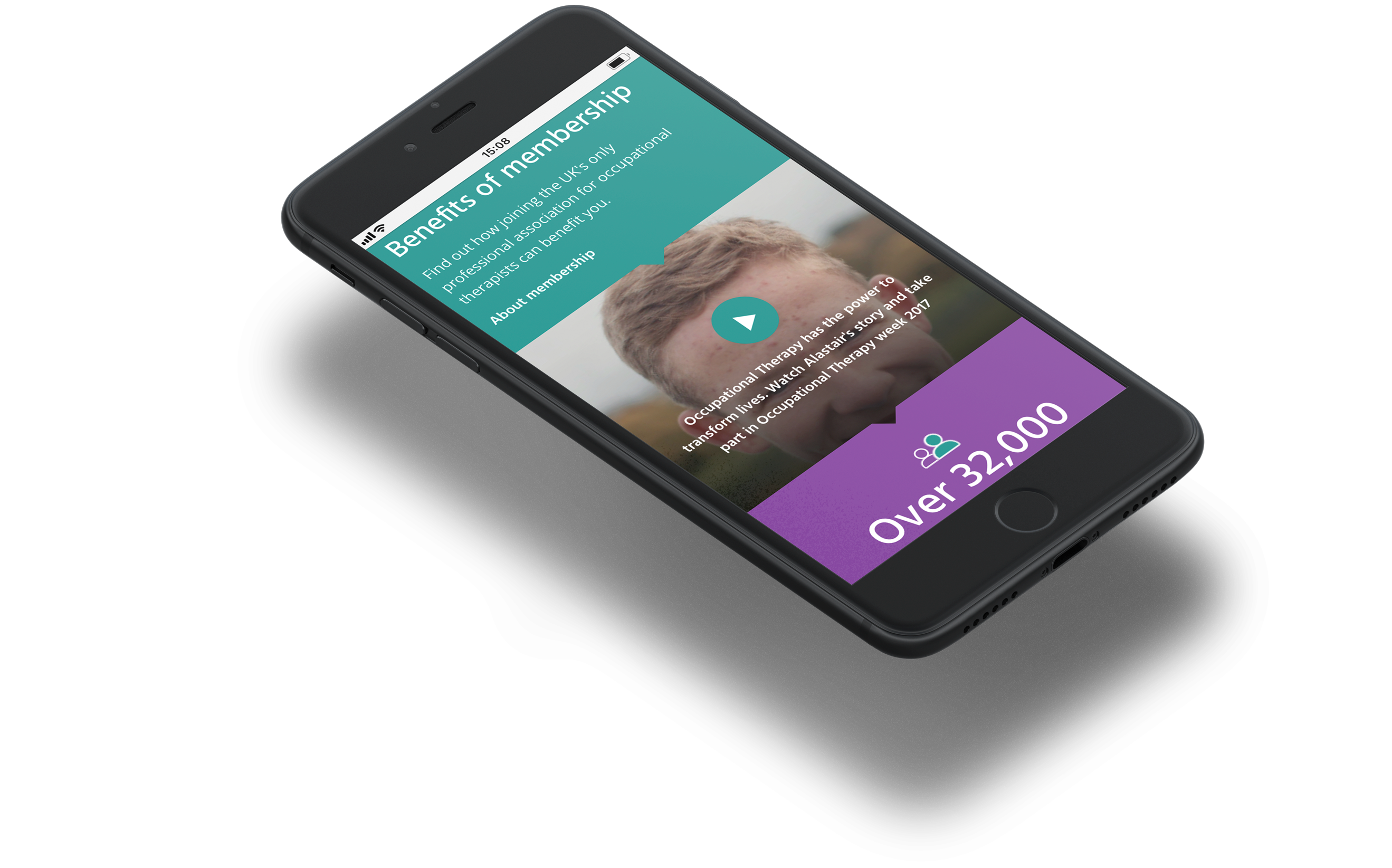
Building Brand Reputation Through Consistency
RCOT represents Occupational Therapists all over the country and wanted their branding to project themselves as a leading edge modern organisation and digital leader whilst presenting ‘One voice’ through their content.
We implemented reusable components into their content management system to allow content editors to upload and edit content whilst effortlessly sticking to structural and stylized guidelines. This allows content to look professional and consistent whilst reducing barriers to market leading to more frequent and flexible publishing.
Localised Advertising Modules
RCOT wanted an advertising function on their website. Available solutions did not provide sufficient control over content which raised concerns over brand security.
We developed an self managed advertising platform for RCOT to provide them with the necessary control required and a potential secondary revenue stream to support their work. The function is used to promote industry relevant events, ensuring that as many occupational therapists become increasingly engaged with the community as possible.
Login Levels
By default, Drupal has a granular security model. Tiered access levels were tailored to ensure each user was granted appropriate permissions.
We developed a solution to give RCOT control over what content was available to the public. The permissions system allows RCOT to make content available to the public or members only, which encourages more people to register on the platform. When the content is “Locked” to the public, the page allows visitors to see a preview of the content, but they must then register or login to see the whole content item.
Self Publishing
Drupal provides a modular content management system. The component based design removes barriers to entry for contributing to the website. Removing the need for coding knowledge it also reduces dependency upon developers, allowing clients to keep publishing inhouse.
Having an easy to use CMS has lead to greater staff engagement at RCOT in relation to willingness to write more often. Our intuitive solution presents a very low barrier to entry. This efficient publishing helps to underpin the desire to build the organisations reputation by all of its stakeholders.
With Drupal’s native support for capturing content in a structured manner through Content Types, serving fields tailored to suit, we created content types like:
- Standard page
- News
- Job
- Event
These types provide the skeleton for a page to exist with elements like title, introduction, url. To deliver maximum flexibility for content editors to ‘build’ compelling and interesting pages, whilst maintaining brand integrity, we provided the ability to assemble pages from a set of available component styles (see Paragraphs module below).
- Quote
- Text
- Image
- Accordion
- Video embed
- Document attachment
- Related content
- Advertisement
- Webform
Each component type can be added to a page any number of times, in any order. Additional components can be developed in the future as the organisations content requirements adapt and change. These guides help content editors to publish in brand but also comply with accessibility and usability standards almost subconsciously.
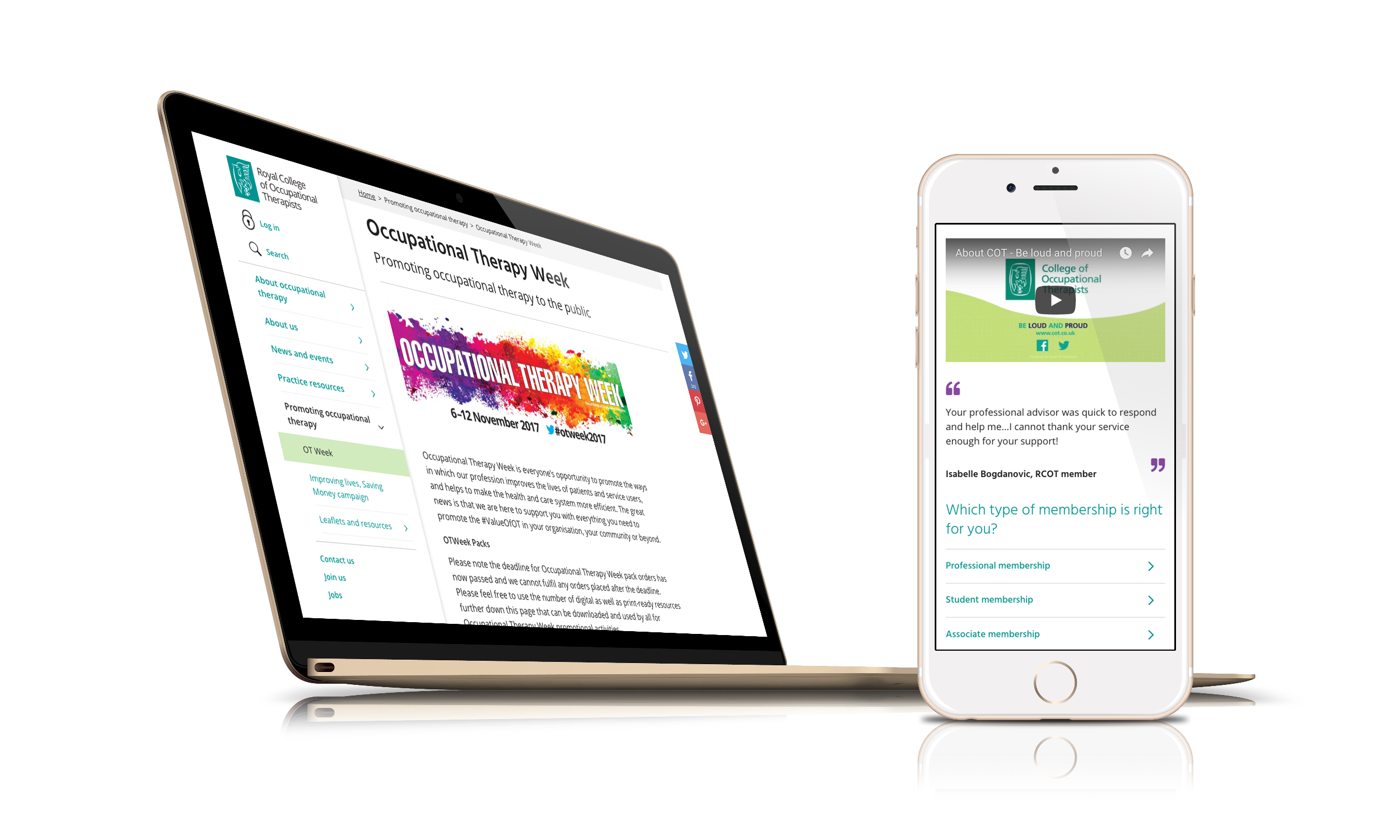
Results
The site launched in May 2017 and received complimentary feedback from the client and its users. Since launch we have continued to work with RCOT to ensure the website continually improves upon the initial launch inline with the digital roadmap.
CTI have been hugely important in us developing how we deliver our digital tools. I would highly recommend them for their thoroughness, attention to detail and always friendly and helpful approach!
James Patterson - Royal College of Occupational Therapists - 31 May, 2017
Significant increases to key user metrics since launch in May 2017. Using the period 16th May - 21st September, we have compared year-on-year statistics to identify user engagement.
- 43% Reduction in bounce rates
- 89% Increase in Mobile Traffic
- 43% Increase in page views
Technical specifications
Paragraphs Module
Drupal Paragraphs provided the superior flexibility in content creation that RCOT desired, whilst maintaining brand consistency and supporting compliance for accessibility. Paragraphs is also well suited to achieving responsive design interfaces without unnecessary burden upon content managers.